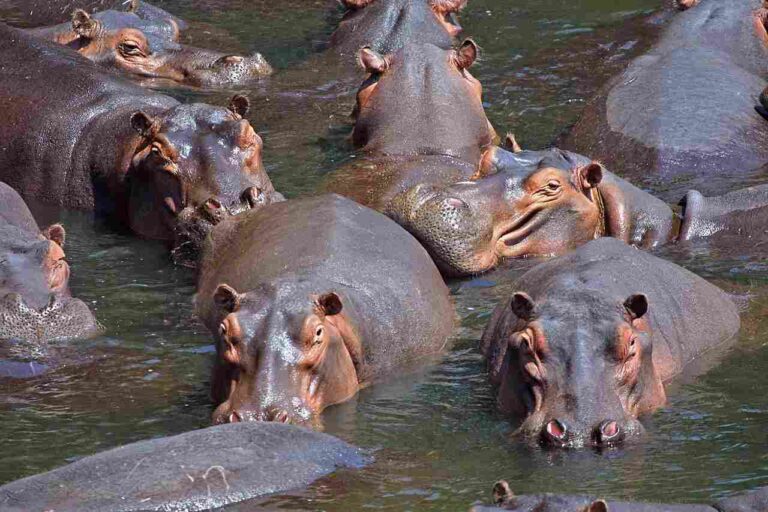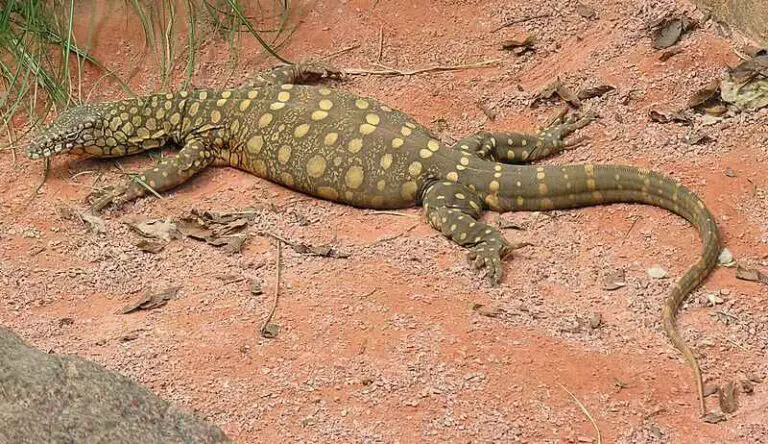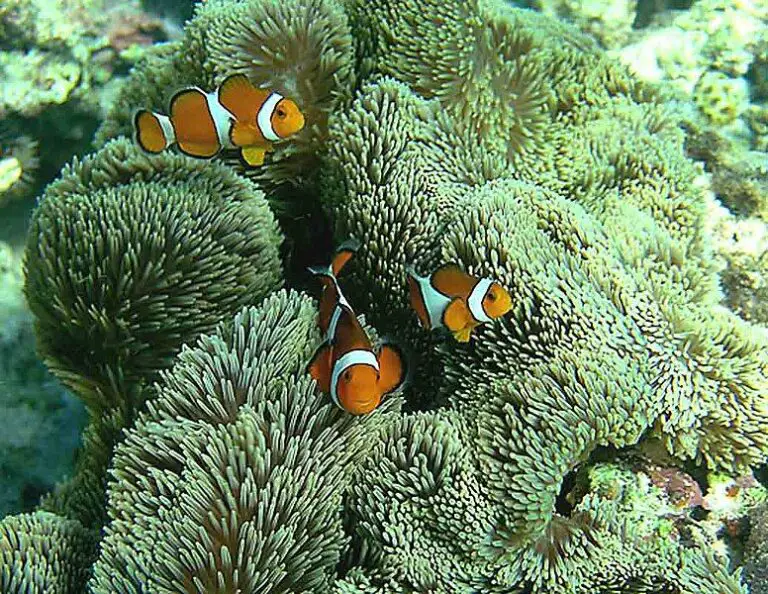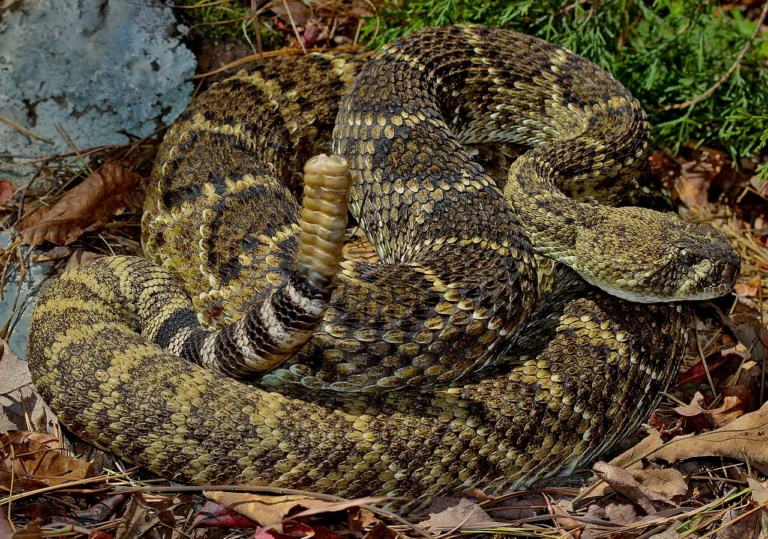Quaternary Consumers in the Ocean and Their Characteristics
Quaternary consumers in the ocean occupy the highest trophic level in marine food chains, preying on tertiary consumers and regulating their populations. Examples include apex predators like orcas, blue whales, and great white sharks, as well as large predatory fish species. These organisms play a crucial role in maintaining ecosystem balance by controlling lower trophic levels and contributing to the health and stability of marine ecosystems. However, they are vulnerable to threats such as overfishing, habitat destruction, and climate change, highlighting the importance of conservation efforts to protect their populations and the oceans’ biodiversity.
1. Orca:
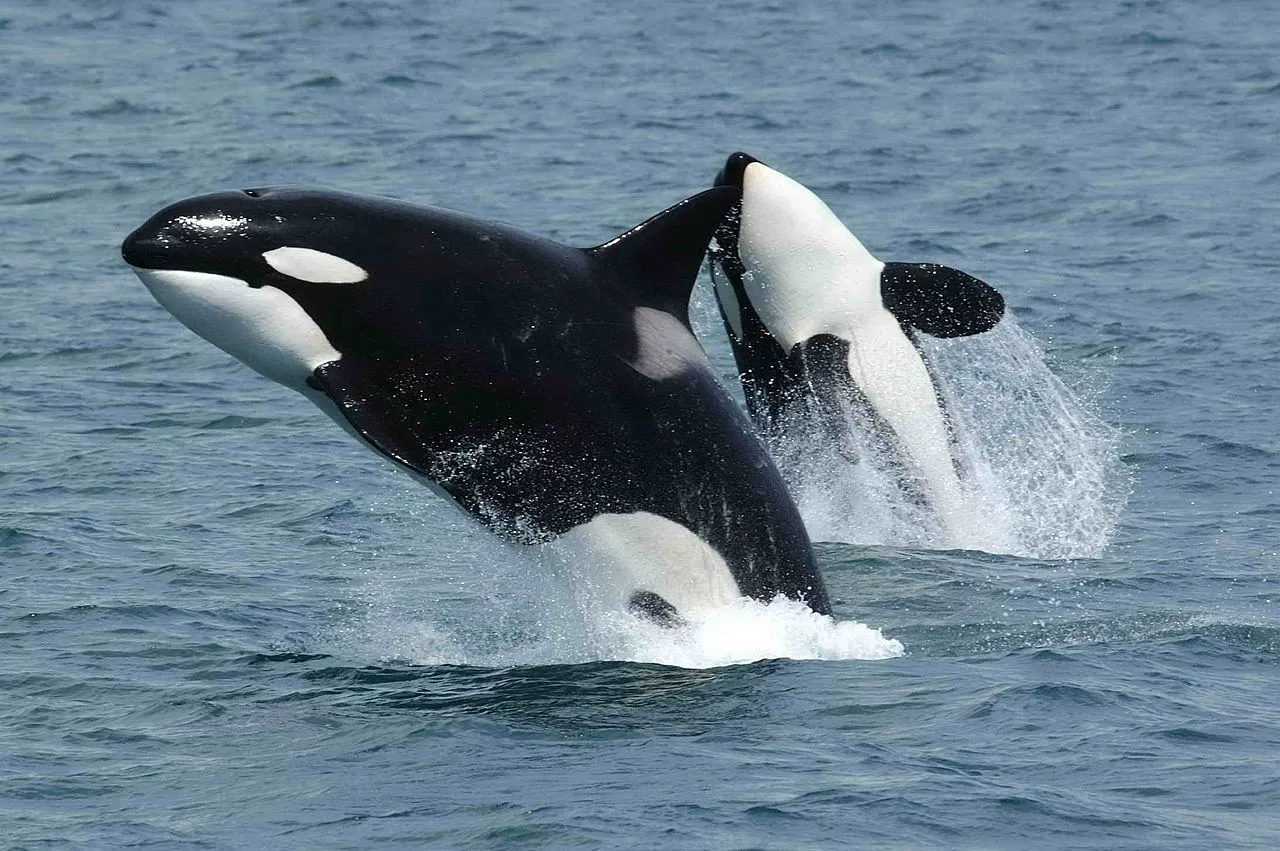
Orcas, also known as killer whales, are apex predators in the oceanic food chain.
They are considered quaternary consumers, feeding on secondary consumers like seals, sea lions, and smaller cetaceans.
With a diverse diet, orcas play a crucial role in maintaining the balance of marine ecosystems.
Their intelligence, adaptability, and cooperative hunting strategies make them formidable predators.
Orcas are found in oceans around the world, from the Arctic to Antarctic regions.
2. Blue Whale:
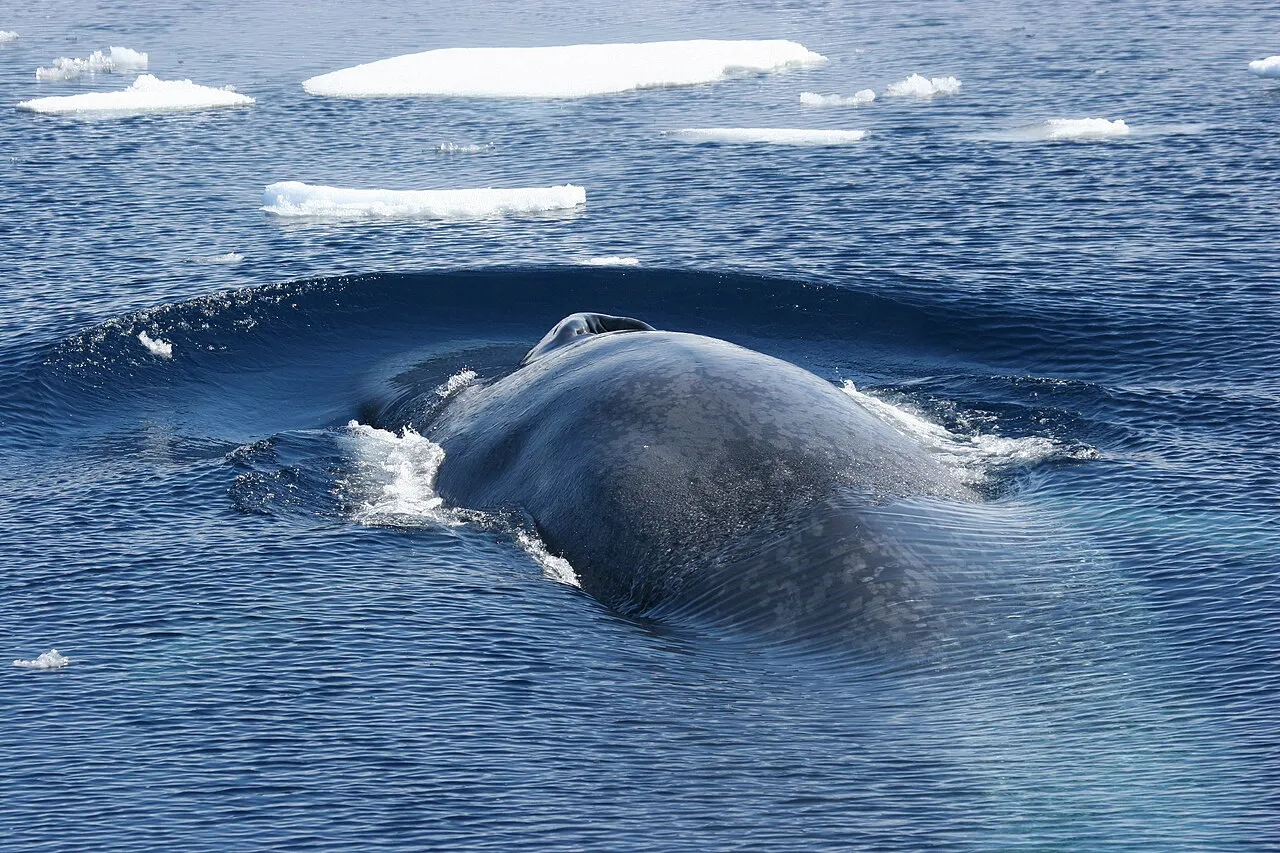
The blue whale, the largest animal on Earth, occupies the top of the marine food chain.
As quaternary consumers, they primarily feed on krill, tiny shrimp-like organisms, which are secondary consumers.
Blue whales filter feed by engulfing large volumes of water and sieving out krill through their baleen plates.
Due to their massive size and energy requirements, blue whales play a significant role in regulating the populations of their prey.
Despite their immense size, blue whales are gentle giants, sustaining themselves on a diet comprised mainly of small crustaceans.
3. Great White Sharks:
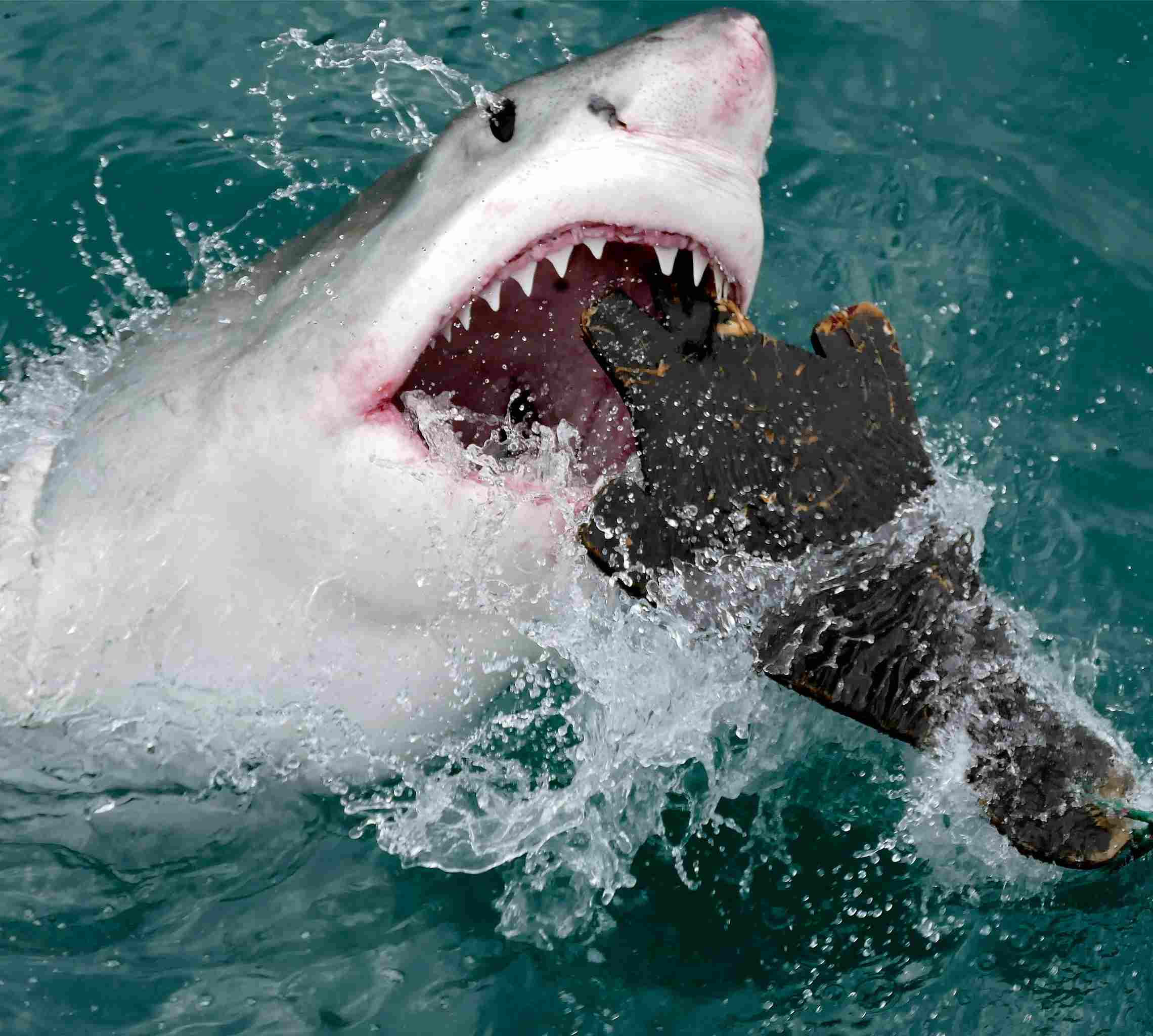
Great white sharks are apex predators in the ocean and are classified as quaternary consumers.
Their diet mainly consists of marine mammals such as seals, sea lions, and smaller cetaceans.
Known for their powerful jaws and serrated teeth, great whites are efficient hunters capable of taking down large prey.
They play a crucial role in regulating the populations of their prey species, contributing to the overall health of marine ecosystems.
Despite their fearsome reputation, great white sharks are vulnerable to overfishing and habitat degradation.
4. Extra-Large Predatory Fish:
Extra-large predatory fish, such as swordfish, tuna, and marlin, are significant players in oceanic ecosystems.
These apex predators occupy the quaternary consumer level, preying on smaller fish and cephalopods.
With their impressive speed, agility, and keen senses, these fish species are formidable hunters in the open ocean.
They help regulate the populations of their prey, contributing to the stability and balance of marine food webs.
Overfishing and habitat loss pose significant threats to the populations of these extra-large predatory fish, highlighting the importance of sustainable fishing practices and conservation efforts.
Characteristics of Quaternary Consumers in the Ocean:
Quaternary consumers in the ocean occupy the highest trophic level in marine food webs.
They primarily feed on tertiary consumers, which include large carnivores like sharks, dolphins, and seals.
These consumers play a crucial role in regulating the populations of their prey species, contributing to ecosystem balance.
Many quaternary consumers exhibit specialized feeding behaviors and adaptations suited to their predatory lifestyle.
Overfishing, pollution, and habitat degradation pose significant threats to the survival of quaternary consumers, highlighting the need for conservation efforts to protect marine biodiversity.
What Are Quaternary Consumers in the Ocean?:
Quaternary consumers in the ocean are organisms that occupy the highest trophic level in marine food chains.
They prey on tertiary consumers, which are typically large carnivores or omnivores in marine ecosystems.
Quaternary consumers play a crucial role in regulating the populations of their prey and maintaining ecosystem balance.
These organisms are often apex predators, exhibiting specialized feeding behaviors and adaptations for hunting and capturing prey.
Examples of quaternary consumers include orcas, blue whales, great white sharks, and other large predatory fish species.
What Is An Example of a Quaternary Consumer?:
An example of a quaternary consumer in the ocean is the orca, also known as the killer whale.
Orcas prey on tertiary consumers such as seals, sea lions, and smaller cetaceans, placing them at the top of the marine food chain.
Their diet consists of a wide variety of marine organisms, showcasing their role as apex predators in oceanic ecosystems.
Orcas exhibit complex social structures and hunting strategies, making them highly effective hunters in their environment.
As quaternary consumers, orcas play a crucial role in maintaining the balance of marine ecosystems.
Is a Dolphin a Quaternary Consumer?:
Dolphins are not typically considered quaternary consumers in the ocean.
They usually occupy the secondary or tertiary consumer level, depending on their species and diet.
While some dolphin species may occasionally prey on smaller marine mammals or fish, they primarily feed on smaller prey such as fish, squid, and crustaceans.
Quaternary consumers typically prey on tertiary consumers, which include animals like dolphins, seals, and smaller cetaceans.
Therefore, dolphins are more commonly classified as secondary or tertiary consumers in marine food chains.
Is a Whale a Quaternary Consumer?:
Whales can be considered quaternary consumers in the ocean, depending on their species and feeding habits.
Some whale species, such as the blue whale, primarily feed on krill, which are secondary consumers in the marine food chain.
By consuming krill, these whales occupy the quaternary consumer level, as they prey on organisms that feed on primary producers or phytoplankton.
Other whale species, such as sperm whales, may consume a variety of prey including fish and cephalopods, placing them at different trophic levels within marine food webs.
Overall, certain whale species can indeed be classified as quaternary consumers in oceanic ecosystems.
Is a Sea Otter a Quaternary Consumer?:
Sea otters are not typically classified as quaternary consumers in oceanic ecosystems.
They primarily feed on sea urchins, crabs, clams, and other invertebrates, placing them at the secondary or tertiary consumer level.
Sea otters play a crucial role in controlling the populations of their prey, particularly sea urchins, through their foraging activities.
Quaternary consumers in the ocean typically prey on tertiary consumers, which include animals like sea otters, seals, and smaller cetaceans.
Therefore, sea otters are more commonly considered secondary or tertiary consumers in marine food webs.
What Are Quaternary Consumers in the Coral Reef?:
Quaternary consumers in the coral reef ecosystem are organisms that occupy the highest trophic level in the food chain.
Examples of quaternary consumers in coral reefs include large predatory fish such as groupers, barracudas, and snappers.
These predators feed on tertiary consumers like smaller fish, crustaceans, and mollusks, regulating their populations and contributing to ecosystem balance.
Quaternary consumers play a crucial role in maintaining the health and stability of coral reef ecosystems by controlling lower trophic levels.
Overfishing, habitat destruction, and climate change pose significant threats to the populations of quaternary consumers in coral reefs, emphasizing the need for conservation efforts to protect these delicate ecosystems.
What Are Quaternary Consumers in the Arctic?:
Quaternary consumers in the Arctic ecosystem are organisms that occupy the highest trophic level in the food web of the region.
Examples of quaternary consumers in the Arctic include polar bears, Greenland sharks, and certain species of seals such as the bearded seal.
These predators feed on tertiary consumers like smaller seals, fish, and marine birds, regulating their populations and influencing ecosystem dynamics.
Quaternary consumers play a crucial role in the Arctic food web by helping to maintain the balance of species and controlling the abundance of their prey.
Climate change and melting sea ice are impacting the Arctic ecosystem, affecting the distribution and behavior of quaternary consumers and their prey.
List of Quaternary Consumers in the Ocean:
-
Orcas (Killer Whales)
-
Blue Whales
-
Great White Sharks
-
Swordfish
-
Tuna
-
Marlin
-
Polar Bears (Arctic Ocean)
-
Greenland Sharks (Arctic Ocean)
-
Groupers (Coral Reef)
-
Barracudas (Coral Reef)
-
Snappers (Coral Reef)
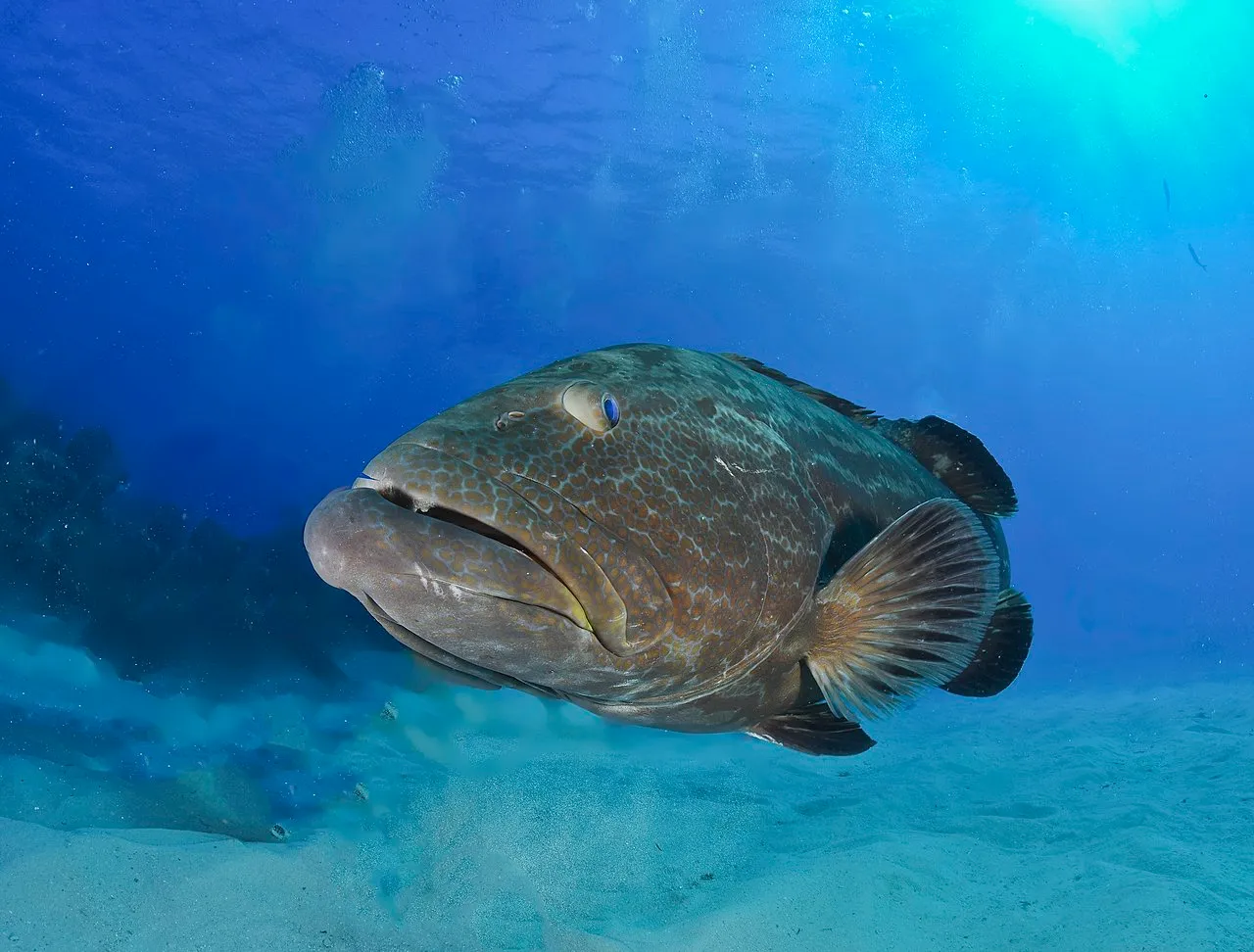
*Key Takeaways
- Quaternary consumers occupy the highest trophic level in marine food chains.
- They prey on tertiary consumers, regulating their populations and maintaining ecosystem balance.
- Examples include orcas, blue whales, great white sharks, large predatory fish, polar bears, and certain species in coral reefs and the Arctic.
- Quaternary consumers play a crucial role in controlling lower trophic levels and contributing to ecosystem health.
- Threats such as overfishing, habitat destruction, and climate change impact the survival of quaternary consumers and their prey, emphasizing the need for conservation efforts.
| Key Takeaways |
|
– Quaternary consumers occupy highest trophic level
|
|
– They regulate populations of tertiary consumers
|
|
– Examples: orcas, blue whales, great white sharks
|
|
– Play crucial role in maintaining ecosystem balance
|
|
– Threats: overfishing, habitat destruction, climate change
|
| FAQ | Answer |
| What role do quaternary consumers play in ecosystems? |
Quaternary consumers help regulate populations of lower trophic levels, contributing to ecosystem balance and stability. They also control the abundance of their prey species.
|
| How are quaternary consumers affected by climate change? |
Quaternary consumers can be impacted by climate change through changes in their habitat, prey availability, and distribution. For example, melting sea ice in the Arctic affects the hunting grounds of polar bears and seals.
|
| What can be done to protect quaternary consumers? |
Conservation efforts such as implementing sustainable fishing practices, protecting habitats, reducing pollution, and mitigating climate change can help protect quaternary consumers and their ecosystems.
|
| Are there any endangered quaternary consumers? |
Yes, some quaternary consumers, such as certain whale species and large predatory fish, are facing threats due to overfishing, habitat degradation, and other human activities. Conservation efforts are crucial to prevent their decline.
|
| How do quaternary consumers contribute to biodiversity? |
Quaternary consumers help maintain biodiversity by regulating the populations of their prey species, preventing any one species from becoming dominant and causing imbalances in the ecosystem.
|
